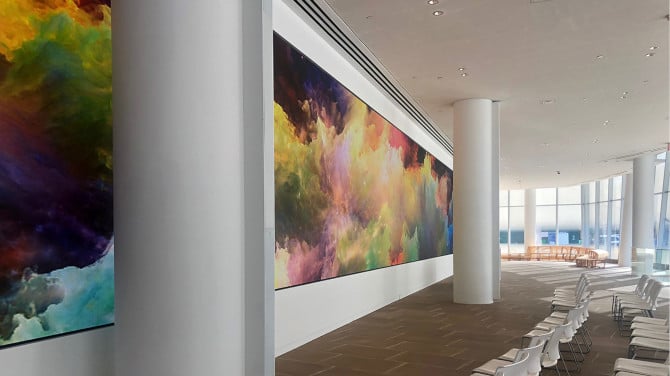Color accuracy is crucial for creating breathtaking visual presentations, particularly when employing LED screens. These massive displays are commonly found in locations like music venues, athletic arenas, and promotional billboards. When the hues on an LED screen are not correct, the images can look dull or warped, which can impact the total impression for audiences. Therefore, mastering color accuracy in LED wall calibration is crucial for achieving vibrant and realistic visuals.
The first step in guaranteeing color precision is comprehending how LED systems works. LEDs, or light-producing diodes, produce light in various shades by mixing red, green, and blue (RGB) light. Each dot on an LED screen consists of these three hues. When calibrated properly, the mix of RGB can produce a broad range of hues. However, if one hue is too bright or too faint, it can distort the entire display. This is why calibration is needed to balance the hues and achieve the desired visual result.
Calibration entails modifying the settings of the LED screen to make sure that the hues shown match the initial material as closely as feasible. This process usually includes using specialized software and hardware instruments. Technicians often use color assessment devices, such as color meters, to analyze the hues being displayed. By comparing the measured colors to benchmark color values, they can make exact modifications. This guarantees that the colors are not only lively but also consistent across the entire display.
Another crucial aspect of color accuracy is understanding the surroundings in which the LED screen is used. Factors such as surrounding light can significantly affect how hues appear. For example, a well-lit illuminated room may wash out colors, making see here now them look less lively. To counteract this, technicians may modify the luminosity and differentiation settings of the LED wall. Additionally, they may select specific color settings that are better appropriate for different lighting conditions. This adaptability helps preserve color accuracy regardless of the observing environment.

Ultimately, regular maintenance and recalibration are crucial for maintaining an LED screen looking its finest. Over time, the performance of LEDs can change due to elements like degradation and heat fluctuations. Frequent inspections and modifications can help guarantee that the colors remain correct and lively. By investing time in appropriate tuning and maintenance, venues can provide audiences with stunning visual presentations that improve their total experience. Perfecting color precision in LED wall calibration is not just a mechanical task; it is an art that adds to the magic of visual narration.
Comments on “Perfecting Hue Accuracy in Light Emitting Diode Wall Calibration for Breathtaking Visual Presentations”